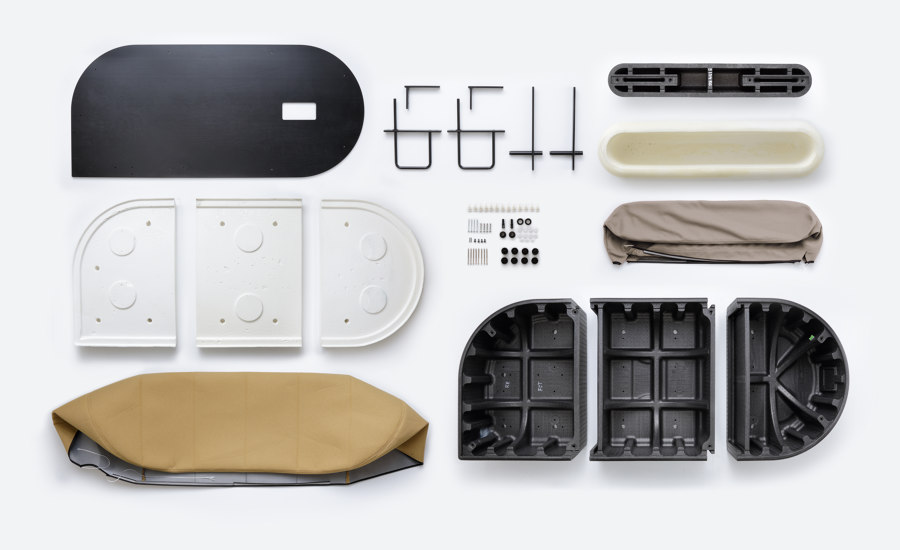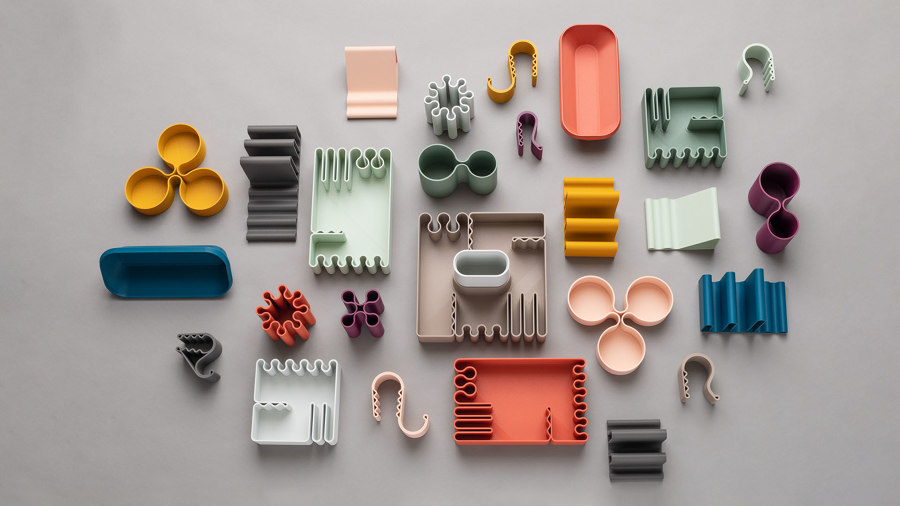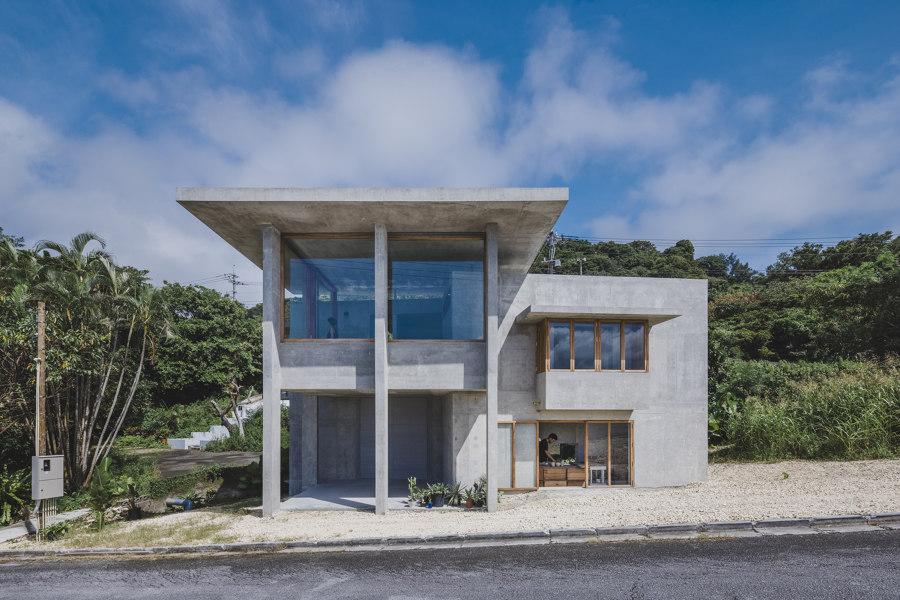The energy crisis, energetic thinking on sustainability and the power of lighting design.
Pearson Lloyd’s recent sustainable projects include recyclable workplace seating, Revo for Profim, biodegradable stationery, bFriends for Bene and Edge Free seating for Modus. Photo: Pearson Lloyd
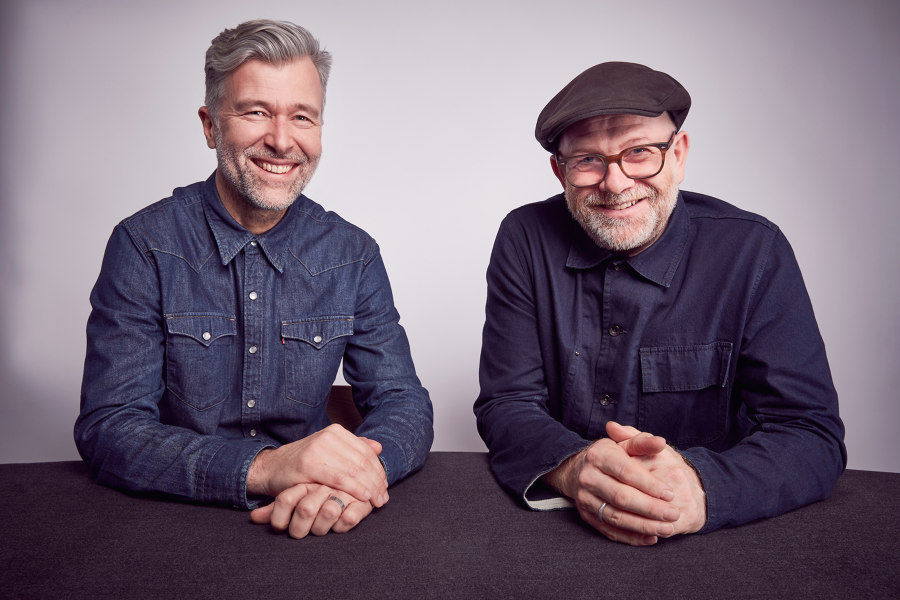
Pearson Lloyd’s recent sustainable projects include recyclable workplace seating, Revo for Profim, biodegradable stationery, bFriends for Bene and Edge Free seating for Modus. Photo: Pearson Lloyd
×If I had a penny for every comedy bit or meme that I've seen on social media recently satirising the troubling energy crisis we find ourselves in, I'd be a rich man. Or, at least, I'd be able to pay my energy bills more comfortably.
Governments across Europe have responded differently in their dash to shore up their nations' energy security in the face of a fast-approaching winter, whilst implementing – many would argue to insufficient effect – price caps and other forms of financial support for squeezed consumers. Businesses, among them manufacturers, have more often than not been left out of the equation, however. If you map spiralling energy prices onto an already inhospitable landscape of materials-cost inflation and supply-chain issues, it's a testing time for sure.
Revo (top) uses no glue or staples so can be separated into its parts, while bFriends stationery (middle) is 3D-printed (bottom) from post-consumer plant-based plastic: Photos: Pearson Lloyd
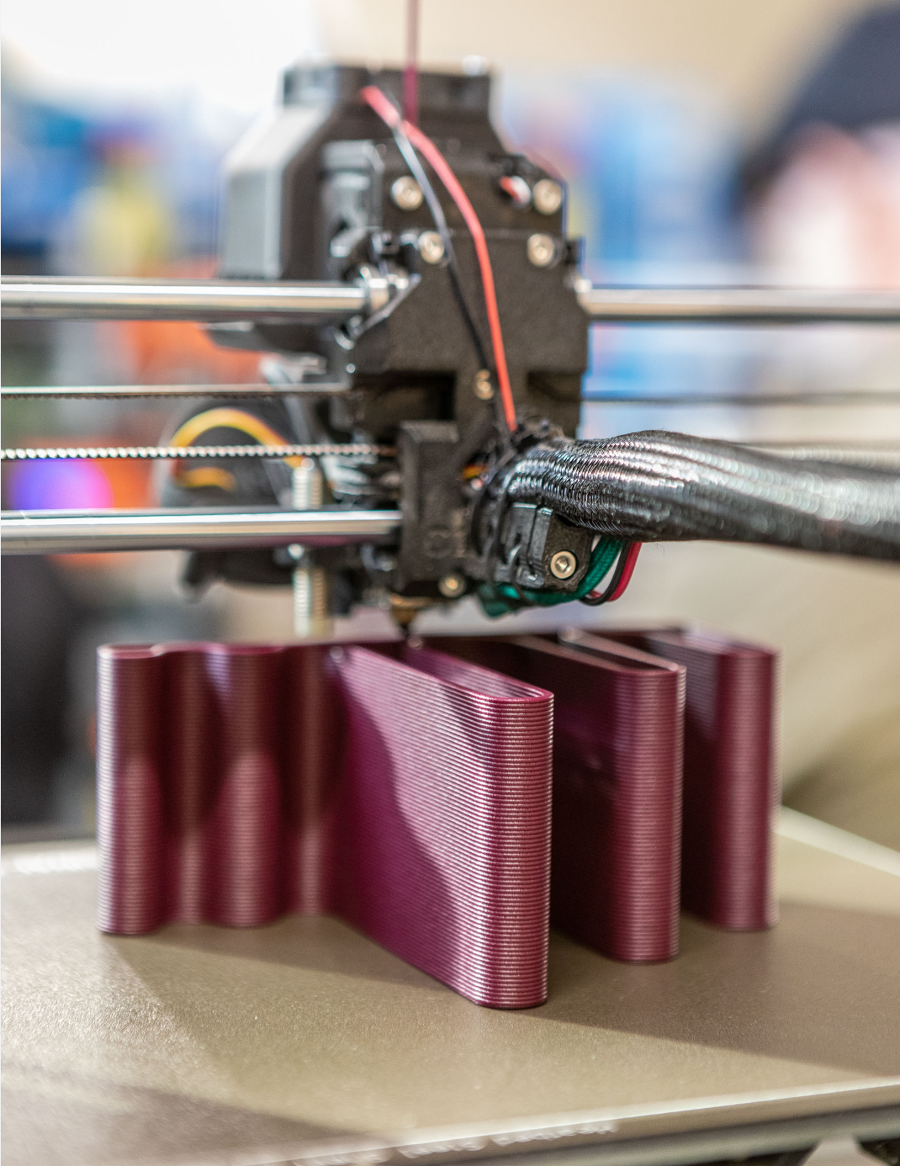
Revo (top) uses no glue or staples so can be separated into its parts, while bFriends stationery (middle) is 3D-printed (bottom) from post-consumer plant-based plastic: Photos: Pearson Lloyd
×'Pressure creates diamonds,' goes the old saying. It's my firm conviction that this crisis is an opportunity to deepen and accelerate our commitment to sustainability – both ecological and social, if we’re to do this right – as therein lie the effective, long-term solutions we require. Which is why it's disheartening to see certain political leaders abandon key environmental policy pledges in the pursuit of becoming energy independent. It shouldn't be an either/or decision.
It’s my firm conviction that this crisis is an opportunity to deepen and accelerate our commitment to sustainability – both ecological and social
Sustainability stood front and centre in Architonic’s latest round of virtual conversations with the great and the good of the A&D world. Speaking as part of Furniture Design Week, dyed-in-the-wool design innovators Pearson Lloyd made a clarion call for a cut: ‘Sometimes we realise that we’re doing things just because it’s easy and it’s how we’ve done things before.’ We’re still too in love with the ‘form factor’ that, for example, cold-cure foam has long provided; but this type of production more often than not requires upholstery to be stapled on (so can’t be replaced), while the foam itself can’t be repaired if damaged. Two major reasons why such seating is destined for landfill at product end-of-life. ‘[Furniture designs] are often driven by an aesthetic ambition,’ says Luke Pearson. ‘But is a new way of doing things holding us back aesthetically, or does that just change the culture of aesthetics?’
m-i-r-a architects’ Dori Sadan (top) approaches architecture and sustainability with deduction, as evidenced by the firm’s Alba House project (bottom). Photos: Del Rio Bani (bottom)
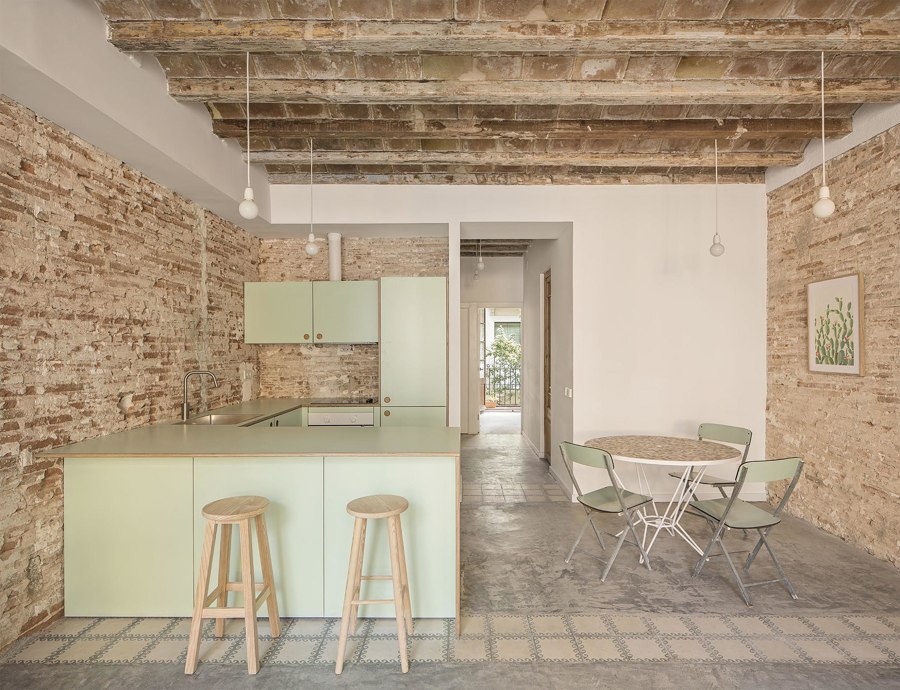
m-i-r-a architects’ Dori Sadan (top) approaches architecture and sustainability with deduction, as evidenced by the firm’s Alba House project (bottom). Photos: Del Rio Bani (bottom)
×For Barcelona-based architectural office m-i-r-a, which specialises in the renovation and adaption of old buildings for residential use, sustainability is bound up with reduction. ‘We always try to reduce the job, to reduce the action in the space,’ says co-founder Dori Sadan in his contribution to Architonic’s Surfaces Design Week. ‘We start a project by scraping the layers to get to the base of the existing surfaces. We try to get to the bones. Not to add, but to deduct. And I think this is a good approach for sustainability. To avoid the use of new materials and instead to get to the base of what’s needed.’
If you were in Frankfurt last week for Light + Building and came to my live talks with the illuminati of the lighting-design world, it was great to have you in the audience. If not, you’ll be able to watch a video digest of my conversations with the likes of lighting-planner extraordinaire Ulrike Brandi and switched-on luminaire designer Axel Schmid of legendary studio Ingo Maurer here soon. The challenges facing lighting creatives in terms of energy usage, and their proposed solutions, were key to the discussion, of course, so watch this space, as they say.
Studio Cochi Architects’ House in Majaburu (top) and Kast’s colourful moulded washbasin (bottom), utilise both the structural and aesthetic features of concrete. Photos: Ooki Jingu (top)

Studio Cochi Architects’ House in Majaburu (top) and Kast’s colourful moulded washbasin (bottom), utilise both the structural and aesthetic features of concrete. Photos: Ooki Jingu (top)
×In the meantime, I invite you to browse our Architonic Magazine for both product and project inspiration. My favourite feature of the last few weeks is authored by my colleague James Wormald on the resurgence of concrete as a visible and sustainably viable architectural material. You can read it here.
Keep the faith and be inspired!
Simon Keane-Cowell
Editor-in-Chief
PS: We’ll be at Orgatec in Cologne from 25 to 29 October, with six hotspots spread across the fair. So come and say hello!
© Architonic
Head to the Architonic Magazine for more insights on the latest products, trends and practices in architecture and design.

